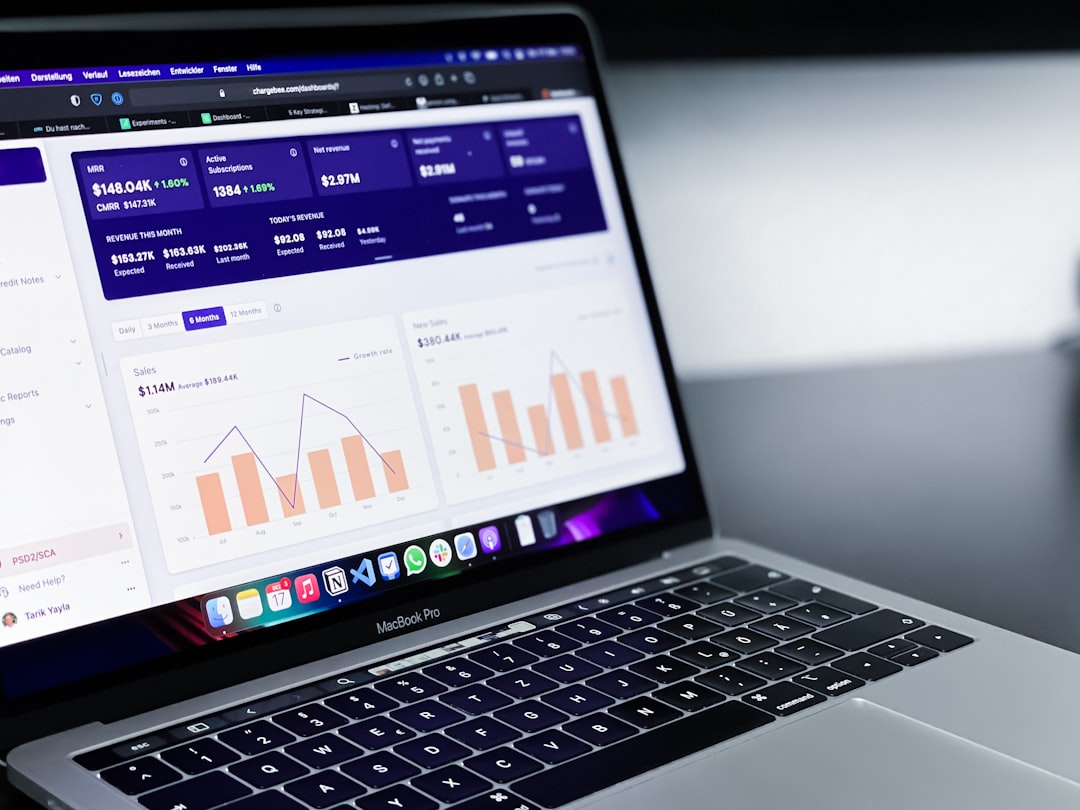Managing cash flow is a high priority for any business, and one of the key performance indicators used to assess how efficiently a company is managing its accounts receivable is Days Sales Outstanding (DSO). Understanding and calculating DSO can provide crucial insights into a company’s liquidity, customer payment behavior, and overall financial health.
DSO measures the average number of days it takes a company to collect payment after a sale has been made. A high DSO indicates that it takes longer for the company to collect its receivables, which can strain cash flow. On the other hand, a low DSO suggests that the company is collecting payments quickly, which can improve liquidity and reduce financial risks.
How to Calculate Days Sales Outstanding
The formula for calculating DSO is as follows:
DSO = (Accounts Receivable / Total Credit Sales) × Number of Days
Let’s break this down:
- Accounts Receivable: This is the total amount owed to the business by customers for credit sales.
- Total Credit Sales: This refers to the revenue generated from sales made on credit over a specific time period.
- Number of Days: This is the time frame in days, typically 30, 60, or 90, used to standardize the result.
For example, if a company has $100,000 in accounts receivable and $200,000 in credit sales over a 30-day period, the DSO would be:
(100,000 / 200,000) × 30 = 15 days
This means it takes the company, on average, 15 days to collect payment after a sale is made. This is considered a healthy DSO for many industries.
Why DSO Is Important
Calculating DSO is more than a mathematical exercise. It is a critical indicator of operational efficiency and financial stability. Here’s why:
- Cash Flow Management: The quicker receivables are collected, the more cash the business has on hand for operations and investments.
- Customer Credit Policy Evaluation: High DSO values may indicate that a company’s credit policies are too lenient or that collections efforts are lacking.
- Business Planning: DSO trends can help anticipate liquidity issues and support budgeting and forecasting efforts.

Best Practices for Reducing DSO
Companies can take several actions to improve or maintain a healthy DSO:
- Improve Invoicing Processes: Send invoices promptly and ensure they are accurate to avoid delays.
- Implement Clear Payment Terms: Set expectations with clients upfront regarding due dates and penalties for late payments.
- Use Automated Reminders: Software tools can remind clients of upcoming due dates and reduce manual follow-ups.
- Evaluate Customer Creditworthiness: Perform background checks before offering credit to new clients to reduce risk.
- Offer Incentives for Early Payments: Discounts for early payments can encourage customers to pay faster.

Interpreting DSO Correctly
It’s important to interpret DSO in the context of your industry and business model. For example, a DSO of 45 days might be acceptable in the construction industry but considered high in retail. Also, seasonal fluctuations can affect DSO, so it’s valuable to track changes over time and not rely solely on one period’s result.
Additionally, comparing your DSO with industry benchmarks can help you assess competitiveness and identify room for improvement.
Conclusion
Days Sales Outstanding is a vital metric that every business should track regularly. It provides a clear picture of how quickly your company is turning sales into cash, helps diagnose financial inefficiencies, and enables better credit and collection policies. By understanding and managing DSO, businesses can enhance cash flow, reduce risk, and improve their financial performance over time.
Frequently Asked Questions (FAQ)
- What is a good DSO?
A “good” DSO depends on your industry and business model. Generally, a DSO of under 45 days is considered healthy for many industries. - How often should DSO be calculated?
Many businesses calculate DSO monthly, but it can also be done quarterly or annually depending on reporting needs. - Does DSO include cash sales?
No, DSO only considers credit sales. Cash sales are not included in the calculation since they don’t contribute to accounts receivable. - What can cause an increase in DSO?
Factors include slower customer payments, invoicing errors, lenient credit policies, or economic shifts impacting customer liquidity. - Can DSO be misleading?
Yes, if seasonal or one-time events influence receivables or sales. That’s why it’s crucial to analyze DSO trends and not rely solely on one period’s data.






